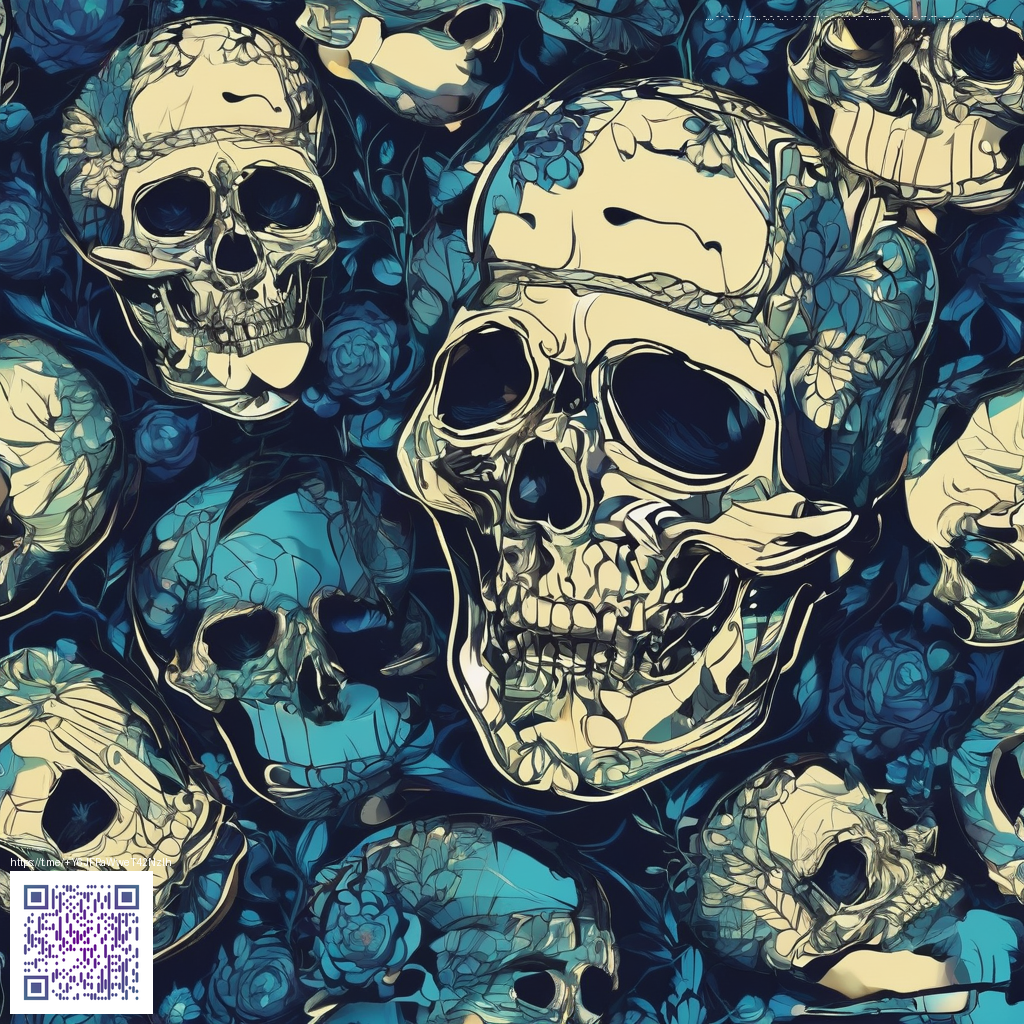
Elevating Designer Portfolios with Thoughtful Presentation Templates
A portfolio is more than a collection of projects—it’s a story told through typography, layout, and rhythm. The presentations you build around your work can either elevate your ideas or blur them in a sea of sameness. That’s why investing in well-crafted presentation templates is a smart move for designers who want to communicate value quickly and clearly. Rather than starting from scratch each time, you can use a scalable template system to maintain consistency, demonstrate process, and highlight outcomes with confidence.
Why templates matter for designers
Templates provide a consistent canvas for your ideas, which helps potential clients or employers focus on the work itself rather than on formatting quirks. They enforce a grid, a typography hierarchy, and a color system that aligns with your personal brand. With a thoughtful template, you can:
- Showcase projects in a clear, storytelling sequence—from brief to impact.
- Present your design process with visual artifacts like wireframes, mood boards, and iterations.
- Maintain a polished, pro-level appearance across case studies, pitches, and downloadable PDFs.
- Scale your portfolio effortlessly as you add new work or pivot to different client sectors.
“A portfolio that reads well is a portfolio that gets hired. Templates are the map that makes your ideas navigable for others.”
Building blocks of an impactful template
While every designer’s brand is unique, there are universal elements that anchor a strong portfolio template. Consider integrating these components:
- Cover and project overview pages: a compelling hero image, one-sentence project intent, and clear takeaways.
- Structured project pages: problem, constraints, approach, outcomes, and measurable impact, all supported by visuals.
- Process visuals: sketches, research findings, personas, and iterations to demonstrate your thinking.
- Typography and grid systems: a readable type scale, consistent line lengths, and alignment that guides the eye.
- Color and imagery rules: a restrained palette with accent colors to highlight key moments without overpowering the content.
- Deliverables and outcomes: summaries of deliverables, timelines, and client value to close each case succinctly.
To see how these ideas translate into real-world visuals, explore product-focused design examples and templates that foreground clarity and intent. For a tangible reference, you can check the Slim Lexan Phone Case listing. Its emphasis on material detail, finish, and product storytelling can inform how you present product design cases in your own templates.
Crafting templates that scale across platforms
Designers often work across slides, PDFs, and interactive decks. A scalable template should translate from PowerPoint and Keynote to modern tools like Figma or InDesign without losing fidelity. Start with a modular system—master slides or components for titles, section headers, image grids, and callouts. Then create lane-specific variants for case studies, capabilities, or process-focused pages. This approach saves time while preserving your signature voice.
As you build, consider your audience. If your portfolio targets startups, emphasize speed, experimentation, and impact. If you’re courting larger brands, demonstrate strategic thinking, research rigor, and measurable outcomes. In either case, your template should invite readers to skim for the highlights and dive deeper into the details when they’re ready. You might even include a concise “What you’ll gain” page to set expectations for prospective collaborators.
Practical tips and common pitfalls
- Limit type to a small set of weights and sizes to avoid visual noise.
- Use generous white space to let your work breathe; clutter undermines credibility.
- Include a few “before/after” visuals to illustrate impact clearly.
- Avoid over-detailing—let your strongest outcomes shine and reference process only where it adds value.
- Test readability on mobile devices and in print to ensure a consistent experience across formats.
If you’re building templates with the intention of sharing them with clients or collaborators, embed a light “how to use” guide within the template itself. A short note about typography choices, image treatment, and section order can empower others to reuse your work without breaking the narrative you’ve established.